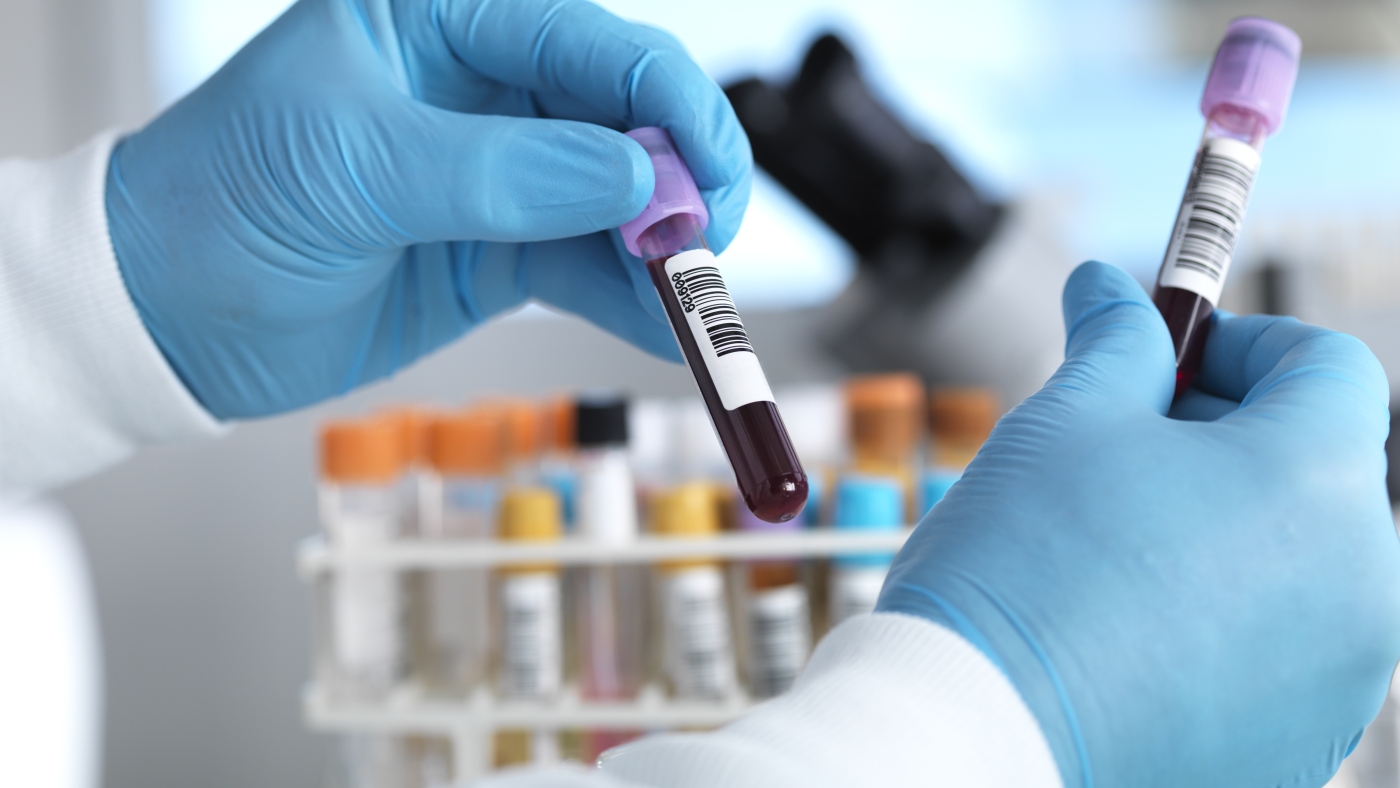The Rising Demand for Early Alzheimer’s Detection Among Older Americans
Alzheimer’s disease has long been a silent specter looming over aging populations, but attitudes toward diagnosis are shifting dramatically. A recent survey of 1,700 Americans aged 45 and older reveals a striking trend: 79% want to know if they are in the early stages of Alzheimer’s. This growing desire for early awareness signals a broader cultural shift—one where knowledge is power, even when the news is difficult.
But why this surge in demand for early diagnosis? And what does it mean for healthcare, research, and society at large?
—
Why Early Diagnosis Matters
Empowering Patients with Knowledge
For decades, Alzheimer’s was seen as a condition to be feared but not confronted—until symptoms became undeniable. Today, older adults are rejecting that fatalistic approach. They want to plan ahead, whether that means adjusting finances, making legal arrangements, or simply having crucial conversations with loved ones while cognitive clarity remains intact.
Early diagnosis also opens doors to emerging treatments. While no cure exists, medications like lecanemab and donanemab show promise in slowing cognitive decline—but only when administered early. Knowing one’s status allows for timely intervention, potentially preserving independence for years longer.
The Rise of Blood Tests: A Game-Changer?
Traditional Alzheimer’s diagnostics—PET scans and spinal taps—are expensive, invasive, and often inaccessible. But blood tests are emerging as a simpler, more scalable alternative. The survey found strong interest in these tests, reflecting a broader healthcare trend: patients want convenience and speed in diagnostics.
If validated, blood tests could revolutionize early detection, making screening as routine as cholesterol checks. This shift could democratize Alzheimer’s care, ensuring more people—regardless of income or location—have access to critical information about their brain health.
—
The Treatment Gap: Why Diagnosis Alone Isn’t Enough
Limited Options After a Positive Result
While early diagnosis is crucial, the survey highlights a sobering reality: effective treatments remain scarce. Current medications manage symptoms but don’t stop the disease’s progression. This gap leaves many patients in a frustrating limbo—aware of their condition but with few tools to fight it.
The solution? Accelerating drug development. Researchers are exploring everything from anti-amyloid therapies to lifestyle interventions (like diet and exercise), but progress hinges on funding and clinical trial participation.
The Role of Healthcare Providers
Doctors are on the frontlines of this shift. They must:
– Stay updated on cutting-edge diagnostics (e.g., blood tests, AI-driven tools).
– Navigate ethical dilemmas—when and how to deliver a life-altering diagnosis.
– Connect patients with support networks, from clinical trials to counseling services.
Training physicians to handle these conversations with empathy and realism is critical. A diagnosis of Alzheimer’s is daunting, but with the right guidance, patients can reclaim agency over their futures.
—
Building a Supportive Ecosystem
Public Awareness: Breaking the Stigma
Fear and misinformation still surround Alzheimer’s. Media campaigns and community education can:
– Dispel myths (e.g., “Memory loss is just normal aging”).
– Highlight preventive measures (e.g., cardiovascular health’s link to cognitive decline).
– Encourage open dialogue, reducing the shame often tied to dementia.
Community Resources: No One Should Face It Alone
Support groups, respite care, and legal/financial planning workshops are lifelines for patients and families. Local organizations and nonprofits play a vital role in filling gaps left by overburdened healthcare systems.
—
The Road Ahead: Science, Policy, and Hope
Tech-Driven Innovations
Artificial intelligence is analyzing speech patterns to detect early cognitive decline. Wearables track sleep and activity, offering clues to brain health. These tools could make early detection seamless and integrated into everyday life.
Policy Changes to Fuel Progress
Government action is needed to:
– Increase funding for Alzheimer’s research (currently lagging behind cancer and heart disease).
– Streamline insurance coverage for diagnostics and emerging therapies.
– Mandate cognitive screenings during routine Medicare check-ups.
—
Conclusion: From Awareness to Action
The survey’s message is clear: older Americans are no longer willing to wait in the dark about Alzheimer’s. They demand early answers—and deserve a system equipped to provide them.
But knowledge alone isn’t enough. The next steps are better treatments, stronger support networks, and policies that prioritize brain health. By uniting patients, doctors, researchers, and lawmakers, we can transform Alzheimer’s from a feared inevitability into a manageable condition—one where early detection truly means hope.
The time to act is now. Because when it comes to Alzheimer’s, the earlier we know, the more we can do.











